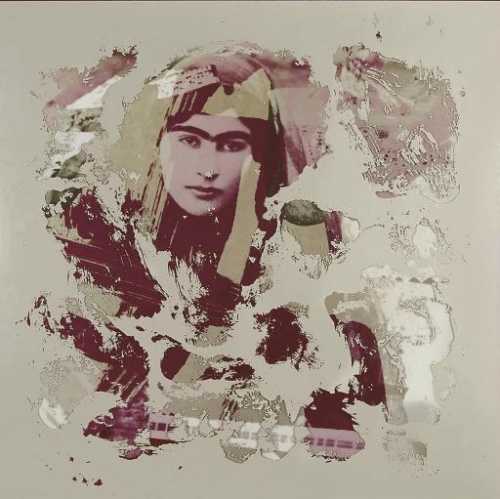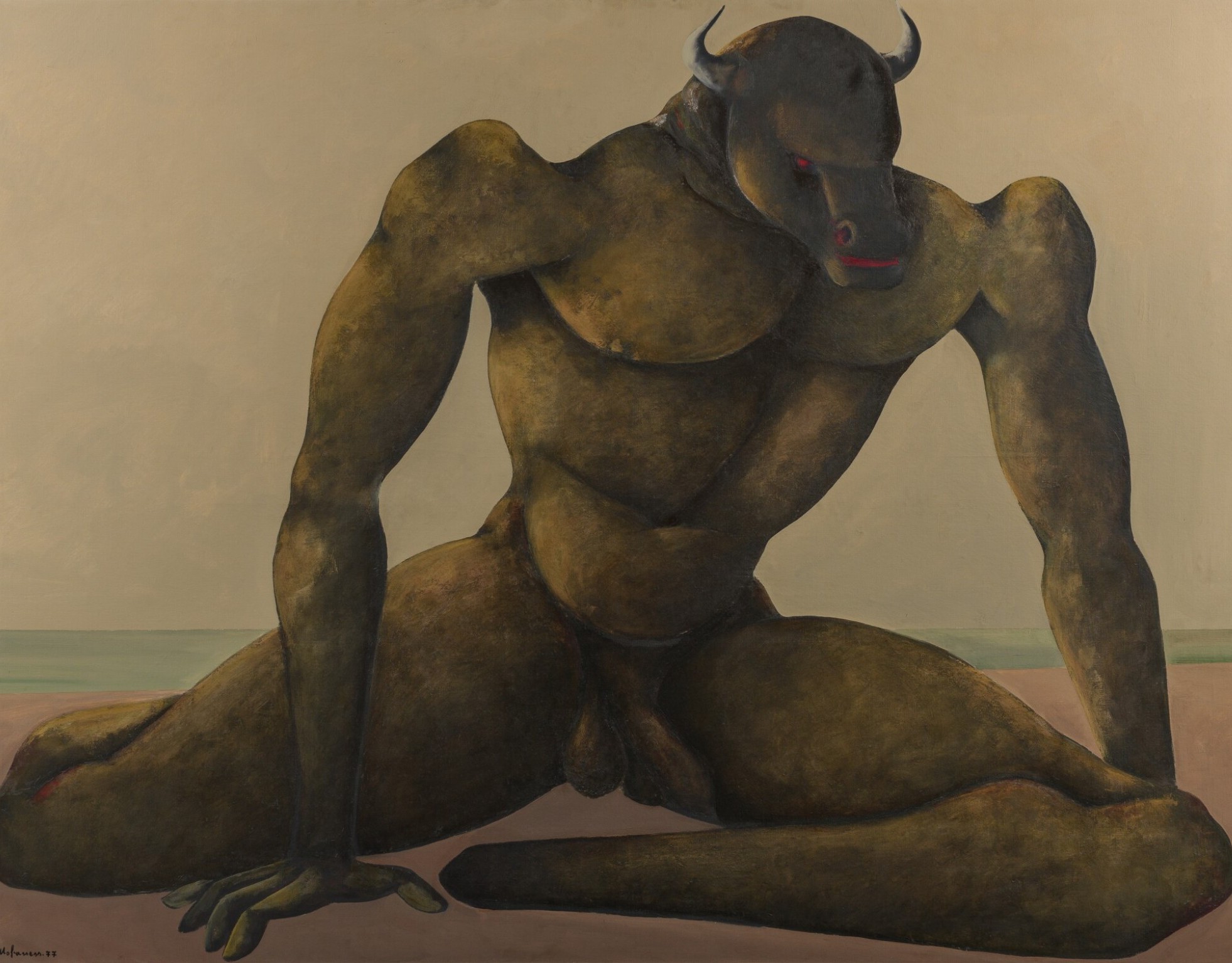About Bahman Jalali
Bahman Jalali, a pioneering figure in Iran's documentary photography, is renowned for capturing pivotal moments in the country's contemporary history, spanning from the 1979 revolution to the eight-year war. His profound influence extends to the establishment and growth of photography and its educational institutions, shaping two subsequent generations of Iranian photographers who inherit his legacy.
Jalali embarked on his journey into photography while studying economics and political science at what is now Shahid Beheshti University, beginning to explore its social and documentary aspects. His early success came in 1970 when he won the Young Amateur Photography Competition award shortly after graduation. This marked the beginning of his enduring collaboration with Tamasha magazine, later renamed Soroush after the revolution, where he contributed until his retirement in 1996. In 1971, Jalali held his first solo exhibition at Qandriz Hall, launching his career as an experimental and self-taught photographer.
In 1975, Jalali furthered his studies in London at the John Vickers School of Photography and became a member of the Royal Society of British Photographers. Upon his return to Iran, he exhibited his London photographs at the "City Gallery," garnering significant acclaim within the Iranian artistic community.
Jalali's camera documented the 1979 revolution, capturing poignant scenes of the struggle between protesters and the government. His compelling images from this period were later featured in the book "Days of Blood, Days of Fire." Throughout the Iran-Iraq War, he ventured into the war zones, producing a remarkable collection that defined his professional career. In another notable project, Jalali collaborated with Asad Behroozan, a prominent Iranian scholar, traveling extensively across Iran to compile a valuable photographic archive.
A dedicated educator, Jalali co-founded the bachelor's degree program in photography at the Faculty of Broadcasting and was instrumental in establishing "The City Photography Museum." He taught at institutions like Tehran University of Art, mentoring numerous aspiring photographers. Internationally acclaimed, Jalali's works have been exhibited globally, including prominent showcases in Barcelona, France, Germany, Finland, former Czechoslovakia, Spain, and Australia.
In addition to his documentary photography, Jalali created photomontages using glass negatives from Golestan Palace and historical Qajar-era photos. These artworks reflect on Iran's historical identity and gender issues with a touch of humor, often integrating mirrors to juxtapose present-day viewers with their historical counterparts. This collection remains highly sought-after in the international art market and auctions, underscoring Jalali's enduring impact on Iranian photography and beyond.
Jalali embarked on his journey into photography while studying economics and political science at what is now Shahid Beheshti University, beginning to explore its social and documentary aspects. His early success came in 1970 when he won the Young Amateur Photography Competition award shortly after graduation. This marked the beginning of his enduring collaboration with Tamasha magazine, later renamed Soroush after the revolution, where he contributed until his retirement in 1996. In 1971, Jalali held his first solo exhibition at Qandriz Hall, launching his career as an experimental and self-taught photographer.
In 1975, Jalali furthered his studies in London at the John Vickers School of Photography and became a member of the Royal Society of British Photographers. Upon his return to Iran, he exhibited his London photographs at the "City Gallery," garnering significant acclaim within the Iranian artistic community.
Jalali's camera documented the 1979 revolution, capturing poignant scenes of the struggle between protesters and the government. His compelling images from this period were later featured in the book "Days of Blood, Days of Fire." Throughout the Iran-Iraq War, he ventured into the war zones, producing a remarkable collection that defined his professional career. In another notable project, Jalali collaborated with Asad Behroozan, a prominent Iranian scholar, traveling extensively across Iran to compile a valuable photographic archive.
A dedicated educator, Jalali co-founded the bachelor's degree program in photography at the Faculty of Broadcasting and was instrumental in establishing "The City Photography Museum." He taught at institutions like Tehran University of Art, mentoring numerous aspiring photographers. Internationally acclaimed, Jalali's works have been exhibited globally, including prominent showcases in Barcelona, France, Germany, Finland, former Czechoslovakia, Spain, and Australia.
In addition to his documentary photography, Jalali created photomontages using glass negatives from Golestan Palace and historical Qajar-era photos. These artworks reflect on Iran's historical identity and gender issues with a touch of humor, often integrating mirrors to juxtapose present-day viewers with their historical counterparts. This collection remains highly sought-after in the international art market and auctions, underscoring Jalali's enduring impact on Iranian photography and beyond.
The Most Expensive Artwork
At Auctions
First Attendance
1 February 2007
# Attendance
50
# Artworks
63
Average Realized Price
7,450 USD
Average Min Estimate
5,091 USD
Average Max Estimate
7,351 USD
Sell-through Rate
72.131%
Average Growth of Artwork Worth
17.388%
Timeline
Southern Fisherman exhibition
13 September
The 20th Tehran- Modern and Contemporary Iranian Art auction
5 July
Contemporary Art Collector exhibition
28 June
Modern Collectore exhibition
19 January
Process exhibition
10 November
Visual Notes exhibition
19 May
MIDDLE EAST MODERN & CONTEMPORARY auction
5 July
Tehran- 16th- Iranian contemporary art auction
1 July
Modern & Contemporary Middle Eastern and African Art auction
31 March
Modern & Contemporary Middle Eastern & African Art auction
29 October
Souvenir exhibition
2 February
One by One exhibition
3 July
Bahman Jalali Photos exhibition
24 January
MiddleEast London to Dubai Online Sale auction
18 June
دهمین دوره حراج تهران auction
11 January
Abstract and Contemporary Art auction
12 December
Modern and Contemporary Middle Eastern Art Online Sale auction
20 November
#MiddleEast auction
29 May
هشتمین دوره حراج تهران auction
12 January
Drouot Richelieu, Salle 5, Art Abstrait et Contemporain auction
9 June
The 6th Tehran- Contemporary Iranian Art auction
23 December
Drouot Richelieu, Salle 1, Tableaux Abstraits & Contemporains auction
12 June
Islamic and Indian Art auction
9 June
ABSTRACT & CONTEMPORARY ART - FOREIGN PAINTERS OF THE PARISIAN SCENE auction
10 December
Photographies auction
14 November
Drouot Richelieu, Salle 4, Art Contemporain auction
25 June
Islamic and Indian Art auction
8 April
Photographies auction
20 November
Modern and Contemporary Arab,Iranian and Turkish Art Part II auction
30 October
دومین دوره حراج تهران auction
28 May
The Young Collectors - Art from the Middle East auction
30 April
Art Abstrait et Contemporain auction
23 October
1Ere Vente a Dubai International Modern And Contemporary Art auction
22 October
Photographs auction
17 May
Modern and Contemporary Arab, Iranian and Turkish Art Part II auction
26 October
Modern & Contemporary Middle Eastern Art & South Asian Art auction
1 June
Bahman Jalali Artworks exhibition
29 May
Modern and Contemporary Arab, Iranian and Turkish Art auction
19 April
Photographs and Orientalist Art auction
13 April
Tableaux Orientalistes et Art Moderne Arabe et Iranien auction
9 November
International Modern and Contemporary Art auction
26 October
Modern & Contemporary Middle Eastern & South Asian Art auction
11 October
Drouot Montaigne 15, Art Contemporain - Lots 93 Ã 240 auction
25 October
Photographs auction
16 May
With Earth exhibition
1 May
Bahman Jalali Photos exhibition
30 January
Tableaux Orientalistes et Art Moderne Arabe et Iranien auction
17 December
Drouot Richelieu, Salle 9, Tableaux Modernes, Contemporains et Design Art du Xxème siècle auction
9 December
Modern & Contemporary Arab, Iranian, Indian & Pakistani Art auction
24 November
Drouot Richelieu, Salle 7, Photographies Anciennes, Modernes et Contemporaines auction
14 November
Photographie d’art: A Focus On Photography auction
29 October
Photographs auction
17 May
International Modern and Contemporary Art auction
30 April
Drouot Richelieu, Art Contemporain, Photo, Design, Decoration auction
4 April
Modern & Contemporary Arab, Iranian, Indian & Pakistani Art auction
3 March
International Modern & Contemporary Art auction
31 October
Modern & Contemporary Arab & Iranian Art auction
24 October
Art Contemporain: Cutting Edge auction
1 October
Photographs auction
22 June
MODERN AND CONTEMPORARY ART auction
1 February
An exhibition of Bahman Jalali's photos exhibition
8 January
Articles
Iranian Art in London; In a Commercial and Non-commercial Relationship 10 June 2024
The expansion of the Middle Eastern art market beyond the region, particularly to a city like London, has been influenced by numerous factors. One of the earliest and most significant reasons is the entry of well-known British auction houses, such as Christie's and Bonhams, into the Middle East in 2004 and 2005, respectively. While the attention of international auction houses to th...

